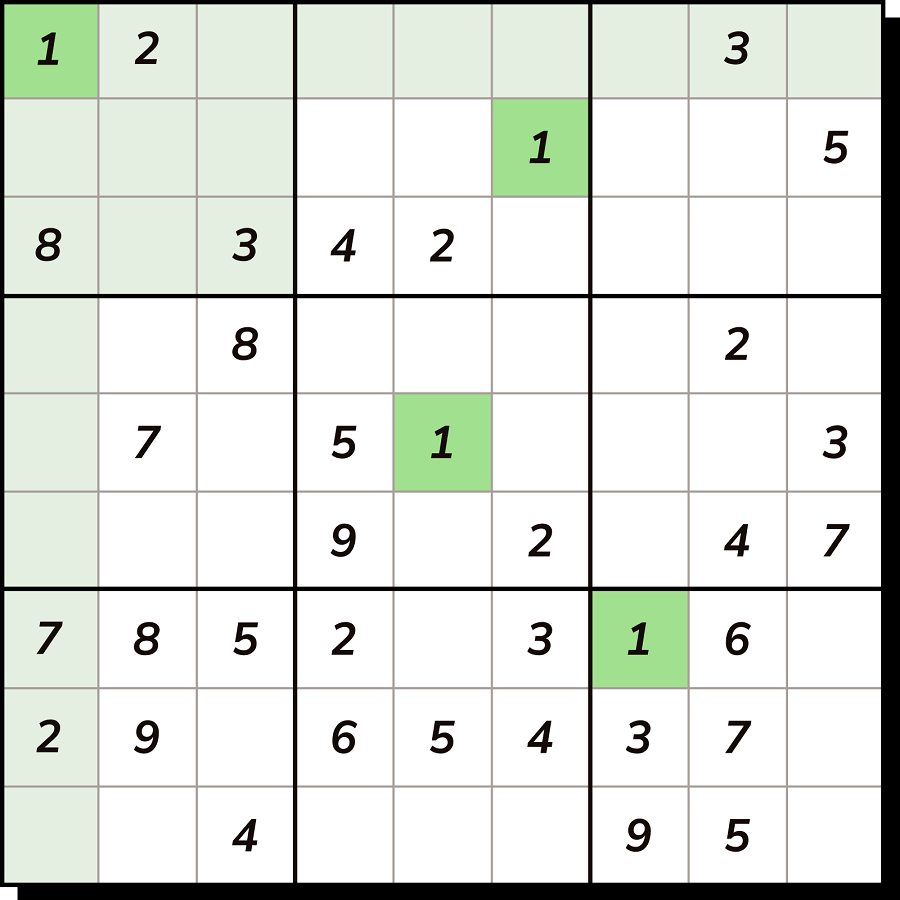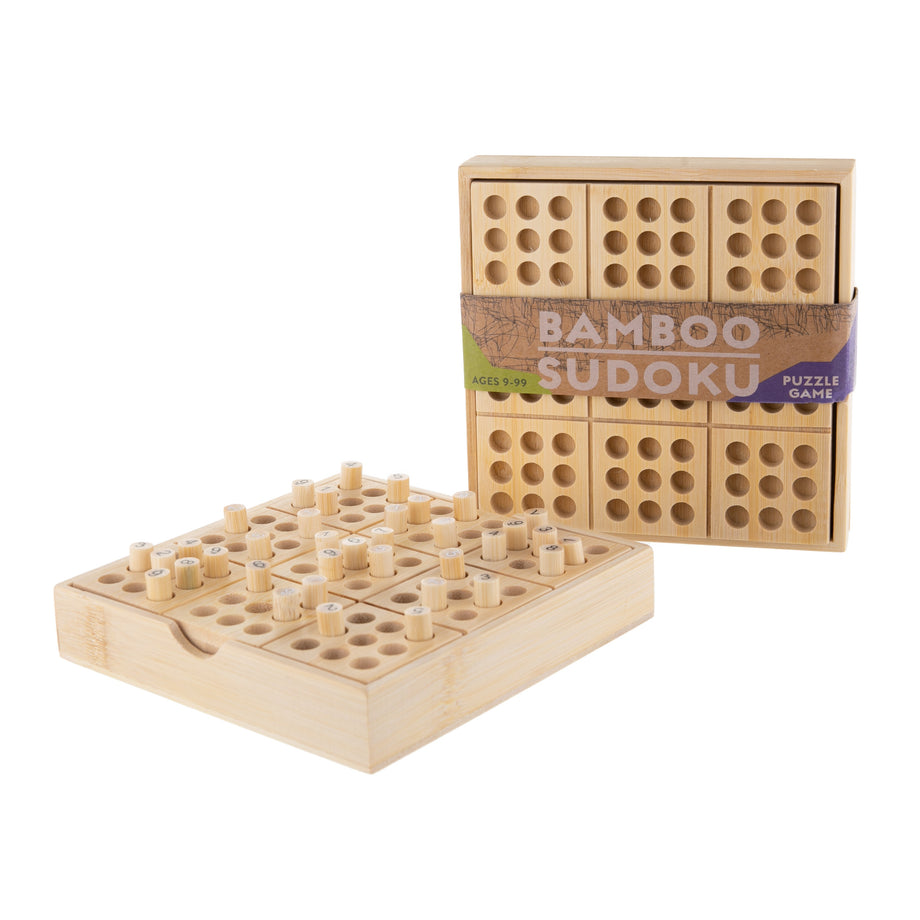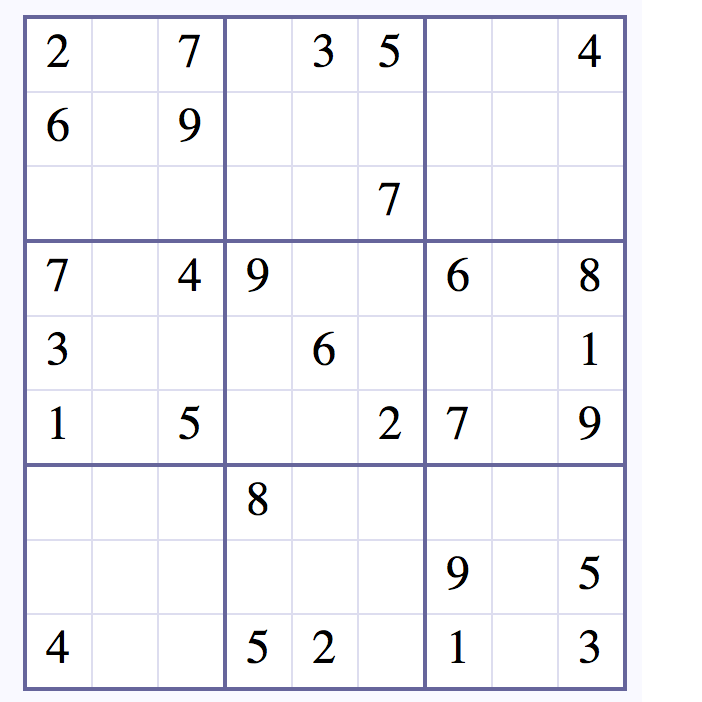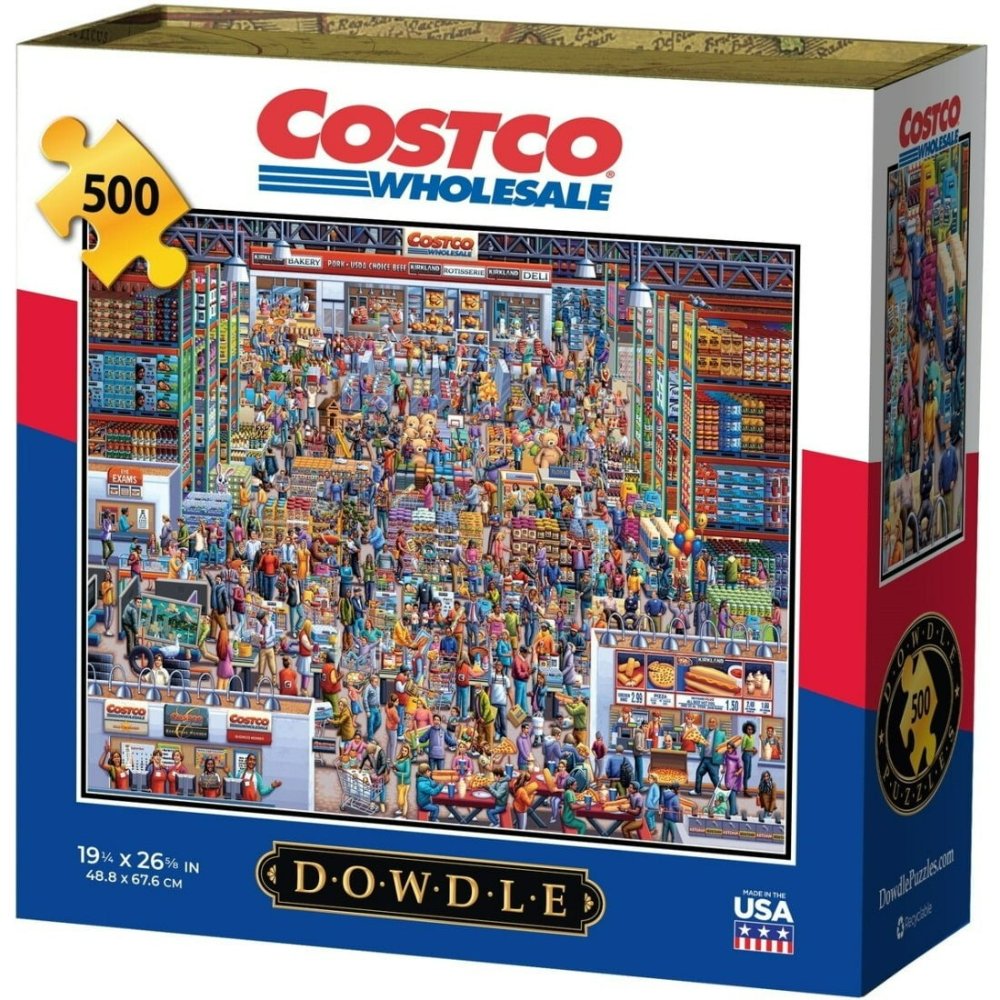Sudoku puzzles have captivated people around the globe for decades. These number-placement puzzles are simple in concept but can pose a delightful challenge. If you’ve ever sat down with a Sudoku grid and felt overwhelmed, don’t worry. This guide will take you step by step through the world of Sudoku, making it easier for you to dive in and enjoy the game.
Understanding the Basics of Sudoku
What is Sudoku?
Sudoku is a logic-based puzzle. The standard grid consists of 81 cells arranged in a 9×9 format. Each row, column, and 3×3 box must contain the digits from 1 to 9 without any repetitions. The challenge lies in filling in the empty cells while adhering to these basic rules. You’ll often see puzzles with varying levels of difficulty. Some have more given numbers, making them easier, while others offer fewer clues, increasing the challenge.
The Sudoku Grid
To begin playing Sudoku, you need to become familiar with the layout of the grid. The grid is divided into nine smaller 3×3 boxes. Each box contains nine cells. Each of the rows and columns in the grid also contains nine cells. This creates a total of 81 cells to fill in. Understanding this structure is vital for solving puzzles.
If you look closely, you’ll see that some cells already contain numbers before you start. These are your given numbers. They serve as clues and starting points for filling in the remaining numbers. A good Sudoku puzzle will have enough given numbers to allow for a unique solution.
The Rules of Sudoku
The rules of Sudoku are straightforward. You can only use the numbers 1 through 9. Each number must appear exactly once in each row, column, and 3×3 box. For example, if you place a ‘5’ in one cell of a particular row, you cannot place another ‘5’ in any other cell within that same row. This restriction makes it a logic puzzle, pushing players to think critically and strategically.
Remember that while Sudoku may seem simple on the surface, it requires focus and patience. As you progress, you’ll discover patterns and various strategies to help you complete the puzzle.
Getting Started: Tips for Beginners
Choose the Right Puzzle
When starting with Sudoku, it’s essential to pick the right puzzle. If you’re a novice, choose an easy puzzle with plenty of given numbers. This will help you familiarize yourself with the game without becoming frustrated. Many newspapers and online platforms categorize puzzles by difficulty level. Opt for one labeled as “easy” or “beginner.”
As you improve, you can gradually try harder puzzles. The challenge increases as the number of given cells decreases and the placement of the remaining numbers becomes more intricate.
Gather Your Tools
Before diving in, gather the tools you need. A pencil and eraser will serve you well. Sudoku can be trial-and-error, so having the option to erase mistakes helps prevent frustration. Additionally, consider having a spare piece of paper or a notepad handy. This can be useful for jotting down possibilities for certain cells.
Analyze the Puzzle
After selecting a puzzle, take a moment to analyze it. Look at the cells with given numbers. These will provide vital clues for filling in the rest. Note the rows, columns, and boxes that contain these numbers. If a number appears more than once in a row or box, it can guide you in determining where other numbers must go.
Identify which numbers are missing from each row, column, and box. This analysis helps narrow down your focus. The key to mastering Sudoku lies not just in filling cells but in thinking critically about where numbers can go based on the given information.
Solving Sudoku Puzzles: Strategies and Techniques
Start With the Obvious
Once you analyze the puzzle, start with the most straightforward solutions. Look for rows, columns, or boxes with only one possible number left to fill. These scenarios provide an excellent starting point and create a ripple effect, paving the way for the solution of other cells around them.
For example, if you find that a row only has one missing number and you know what that number must be, place it in its corresponding cell. This often leads to the discovery of more obvious solutions and gradually fills the grid.
Use Pencil Marks
As you fill in more cells, you may encounter situations where a cell has several potential candidates. In such cases, use pencil marks to note these possibilities. Write smaller numbers in the corner of the cell to indicate which numbers could work in that spot. This technique helps you keep track of potential solutions and will clarify your thought process as you progress.
Additionally, as you fill in more numbers across the grid, check and revise the pencil marks. If a number gets placed elsewhere, eliminate any possibilities in corresponding cells.
Look for Patterns
All Sudoku puzzles exhibit inherent patterns. As you gain experience, you’ll start to see these patterns, helping you to recognize the best course of action more quickly. For example, watch for cells that are next to each other. Sometimes, knowing that a certain number is in one cell can affect the numbers available for adjacent cells.
Look for rows and columns that have a higher concentration of filled cells. If you identify a sequence of numbers that fits logically, it can guide your choices. Creating a mental map of where certain numbers can be helps speed up your solving process.
Stay Organized
Keeping your work organized is crucial. As you fill in the grid or make pencil marks, air on the side of clarity. Don’t overcrowd a cell with too many options. Organize your thoughts, and keep track of completed numbers neatly. This makes it easier to spot the next number you need to fill in.
Advanced Techniques for Experienced Players
Elimination Method
For those familiar with Sudoku, the elimination method can be a valuable tool. This strategy revolves around crossing off possible numbers for a given cell based on the other numbers already present in its row, column, and box.
Once you have identified this, list down potential candidates for each cell in the box. This places a better focus on which numbers must still be filled. Over time, the elimination process will force numbers to reveal themselves.
Naked and Hidden Pairs
Another efficient technique is the use of naked and hidden pairs. A naked pair occurs when two cells in a segment can only contain two possible numbers. If you identify them, you can immediately eliminate those numbers from all other cells in that row, column, or box.
Hidden pairs, on the other hand, focus on identifying pairs of numbers that are only present in two out of a group of cells. Although these numbers may appear in other cells, their presence in just those two cells allows you to remove other candidates from them.
X-Wing Technique
The X-Wing strategy is excellent for solving more complex Sudoku puzzles. It requires you to look for a pattern across rows and columns. If a number appears only twice in two different rows within the same columns, you can eliminate that number from other cells within those columns.
This technique may seem advanced, but once you grasp it, it significantly enhances your productivity when solving harder puzzles.
Staying Motivated and Practicing Regularly
Setting Goals
As with any skill, practice is key in Sudoku. To stay motivated, set small, achievable goals. For example, challenge yourself to complete a certain number of puzzles each week or to try a puzzle from a harder category. These goals measure your progress and keep you engaged with the game.
Tracking your progress can also provide an excellent motivation boost. Take notes of the puzzles you’ve completed, including the ones that challenged you the most. Over time, you will notice your abilities improving, making you more eager to tackle tougher challenges.
Join Sudoku Communities
Engaging with fellow Sudoku enthusiasts can provide additional motivation. Consider joining online forums or local clubs where you can discuss strategies, share puzzles, and even compete. Being part of a community can inspire you to take on new challenges and learn diverse techniques from other players.
Keep It Fun
Remember that Sudoku should be enjoyable. If a particular puzzle feels too complex or frustrating, don’t hesitate to take a break. Explore different puzzles or other types of brain teasers. This variety keeps the experience fresh and stimulating.
Conclusion
Sudoku offers an engaging mix of logic and strategy that appeals to players of all ages. In this guide, we’ve covered essential tips and techniques on how to start and excel at Sudoku. Whether you are a beginner or an experienced player, remember to enjoy the journey. Take your time and practice regularly. With patience and persistence, you’ll find yourself becoming a Sudoku pro in no time. Happy puzzling!





